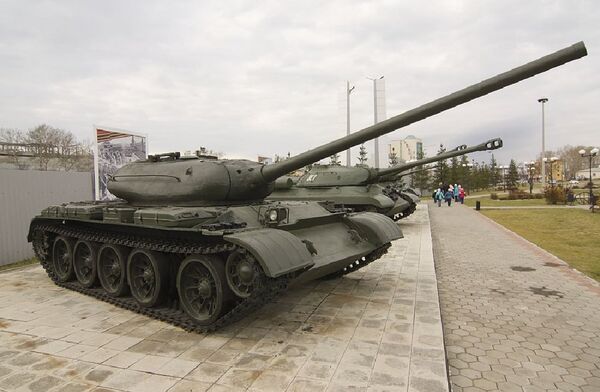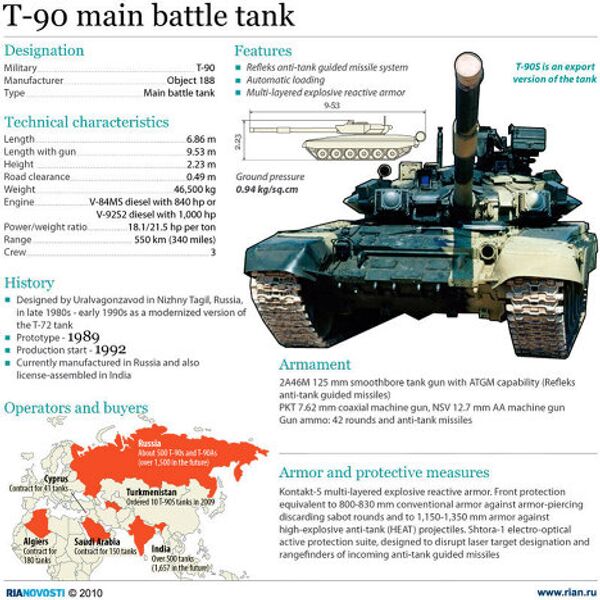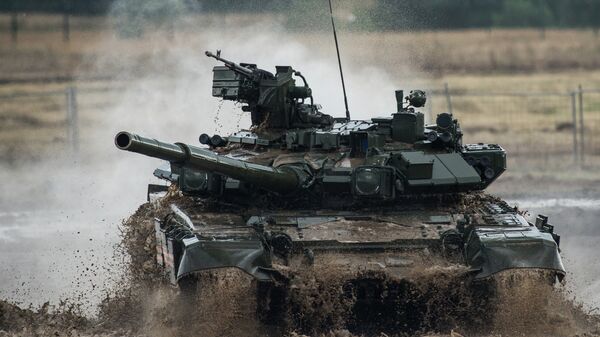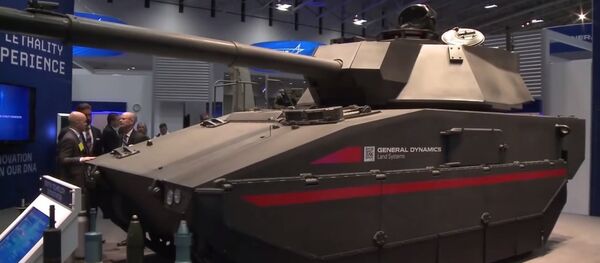PAVN colonel of armored troops Nyugen Khak Ngyuety told Sputnik that Hanoi turned to Russia because of its long history using Soviet-produced tanks. During its Resistance War against the US in the 1960s and 70s, Vietnam was armed with Soviet T-54 battle tanks and light amphibious PT-59 tanks, as well as Chinese copies of the T-54.
These tanks were particularly valuable during the 1975 battle for Ho Chi Minh, and their speed, maneuverability and firepower enabled the Vietcong forces to move quickly and ensured the capitulation of the South Vietnamese army, Ngyuety said.
"Medium tanks of Soviet production worked well in the conditions of Vietnam – they were powerful and well-protected. The T-54 had a combat weight of 36 tons and was fitted with a 100-mm turret gun. The main tank of the enemy was the M48. It weighed about 50 tons and had a 90-mm caliber gun. It was easier to manage than the Soviet tanks, but because of its size (mainly its height, a whole meter taller than the T-54) the American tank was more visible on the ground."

Production of the T-54 and T-55 battle tanks began at the end of World War Two. Over 100,000 of the tanks were produced for the Soviet army, its allies and the export market, making it the most-produced tank in military history.
The colonel says that today's Russian tanks, including the T-90 which Vietnam wants to buy, have the same enduring superiority over their US counterparts as the Soviet tanks did.
"As a tank commander with a lot of combat experience, I can compare contemporary tanks from different countries. In my opinion, Russian fighting vehicles are more modern than Western ones," Ngyuety said.
"Regarding the purchase of new tanks, that depends on a country's economic resources. There are two ways: the first is to buy a certain number of modern tanks. Judging by the press reports, (Vietnam) intends to buy a relatively small batch of T-90 tanks with two modifications."
"The second way is to modernize the existing tank fleet with a view to improving its tactical and technical characteristics as much as possible."
"Tank equipment continues to play an important role on the battlefield. Obviously, Vietnam should do it both ways: procure modern combat vehicles, and upgrade the ones it already has," Ngyuety concluded.

Russia's T-90 third-generation main battle tank entered into service in 1993. It weighs 46 tons and is fitted with 125 mm 2A46 smoothbore cannon, which was also used in the widely-produced second-generation Soviet T-72 battle tank and the third-generation T-80 Soviet tank. Last month Russia's Defense Ministry announced that the Russian army is to modernize several hundred T-90 battle tanks.



